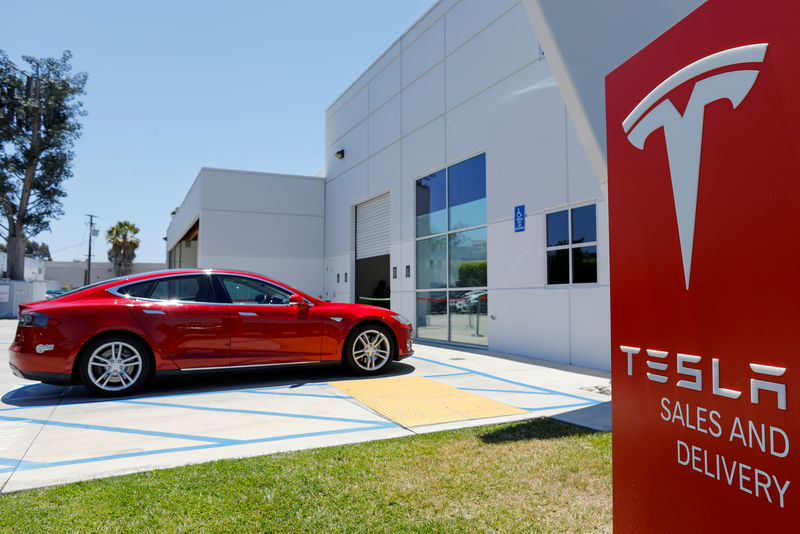Quiver Quantitative - Tesla (NASDAQ:TSLA) wrapped up 2023 with a record-setting fourth quarter, delivering 494,989 electric vehicles, yet it couldn't retain its position as the leading EV manufacturer, surpassed by China's BYD (SZ:002594). Despite achieving a remarkable annual production of 1.85 million units, Tesla fell short of CEO Elon Musk's goal of 2 million. In comparison, BYD, bolstered by Warren Buffett's backing, surpassed Tesla with 526,409 deliveries in the fourth quarter, reflecting a consumer shift towards more affordable EV options in an economy burdened by high interest rates.
BYD's total deliveries for the year stood at 3.02 million, including approximately 1.4 million plug-in hybrid EVs, outpacing Tesla's total annual deliveries. This shift suggests that BYD's strategy of price cuts is effectively capturing market share and recognition. Tesla, in response, introduced various incentives, such as free fast charging for six months for customers who completed their purchases by the end of December. This strategy contributed to Tesla's 11% growth over the previous quarter, exceeding analyst expectations.
Market Overview: -Tesla roars to record Q4 deliveries, beating estimates but falling short of its ambitious 2 million target. -China's BYD surges past Tesla, claiming the top EV maker crown with higher overall deliveries in 2023. -High interest rates and Tesla's price cuts reshuffle the EV landscape, favoring cheaper models. -Broader economic uncertainty dampens overall EV demand, impacting smaller players like Rivian (NASDAQ:RIVN).
Key Points: -Tesla delivers 494,989 EVs in Q4, exceeding market expectations of 473,253 but trailing BYD's 526,409. -Tesla reaches 1.8 million annual deliveries, missing Elon Musk's 2 million goal but surpassing BYD's 3.02 million (including hybrids). -BYD's aggressive price cuts and China's large market fuel its dominance. Tesla offers discounts and incentives to counter tax credit expirations and boost sales. -U.S. automakers like Ford (NYSE:F) and GM become more cautious about EV production plans amid market slowdown. -Tesla faces regulatory scrutiny over Autopilot system recall and Consumer Reports concerns.
Looking Ahead: -Maintaining demand without tax credits could necessitate further Tesla price cuts. -Interest rate trends and economic conditions will play a key role in EV market recovery. -Increased competition from Chinese and traditional automakers adds pressure on Tesla. -Regulatory landscape surrounding self-driving technology remains a potential hurdle.
Despite the competitive landscape, Tesla's production hit a record high in the fourth quarter, recovering from a production halt in the third quarter due to assembly line upgrades. Tesla's delivery numbers were notably robust compared to U.S. domestic car companies. Meanwhile, Rivian (RIVN) reported lower-than-expected deliveries, reflecting a broader downturn in EV demand, leading U.S. automakers like Ford (F) and General Motors (NYSE:GM)to exercise caution in their EV production plans.
Tesla's challenges extended beyond production and sales. Regulatory scrutiny over its self-driving technology led to a recall of over 2 million vehicles for installing new safeguards in its Autopilot system. Consumer Reports raised concerns that the software update might not be sufficient to prevent misuse and driver inattention. Additionally, Tesla faces the impact of losing federal tax credits under the Inflation Reduction Act (IRA) for some models, which may necessitate further price adjustments to sustain demand.
This article was originally published on Quiver Quantitative
